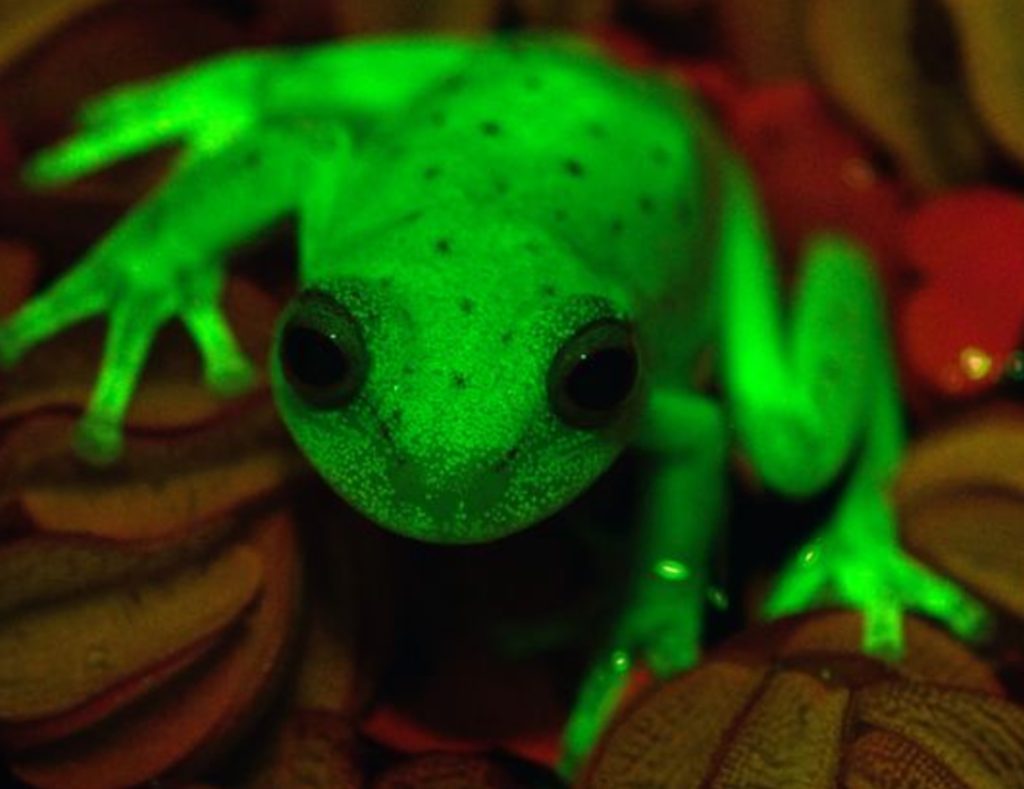Deep-ocean biology has been the least explored—although rapidly growing—area of research. In particular, behavior, reproduction and ecology of deeper-living squids remain poorly documented due to the extreme difficulties of encountering and capturing them.
Scientists had believed that these giant squids who live deep in the ocean, have multiple partners.
But the corpse of a female giant squid, weighing more than 277 pounds, found that she only had the sperm packets from just one male giant squid.
Scientists thought that given that they are solitary creatures who probably only encounter potential mates on rare occasions, that females would be opportunistic and collect and store sperm from multiple male donrs
The female squid was caught off the coast of Japan.
“We were almost confident that they are promiscuous,” said Noritaka Hirohashi, a biologist at Shimane University in Japan. “We just wanted to know how many males are involved in copulation. So this is totally unexpected.”
Researchers writing in a 1997 paper in the journal Nature posited that male giant squid probably use their “muscular elongate penis” to inject the sperm packets into the females.
Giant squids are the size of a semi-trailer. The specimen found was a female, with a mantle, or main body, 5.25 feet (1.6 meters) long. It was missing a pair of tentacles and one eye but still weighed 257 pounds (116.6 kilograms).
The squid had been caught in a fisher’s net in Kyoto and was displayed at the Miyazu Energy Aquarium before being dissected.
The research is published in the September issue of Deep Sea Research Part 1. Video of living giant squid in their natural habitats have only been documented a few times and scientists know witnessing an actual embedding of sperm is unlikely.
Hirohashi and his team developed a window into the process, using genetics. Examining squid specimens from fisheries and museum archives, they pinpointed some segments of the giant squid genome that would distinguish one set of squid DNA from another.
Think of it like a squid paternity test: Any sperm packets found on a female can be tested to see if they came from multiple males and, if so, how many.




